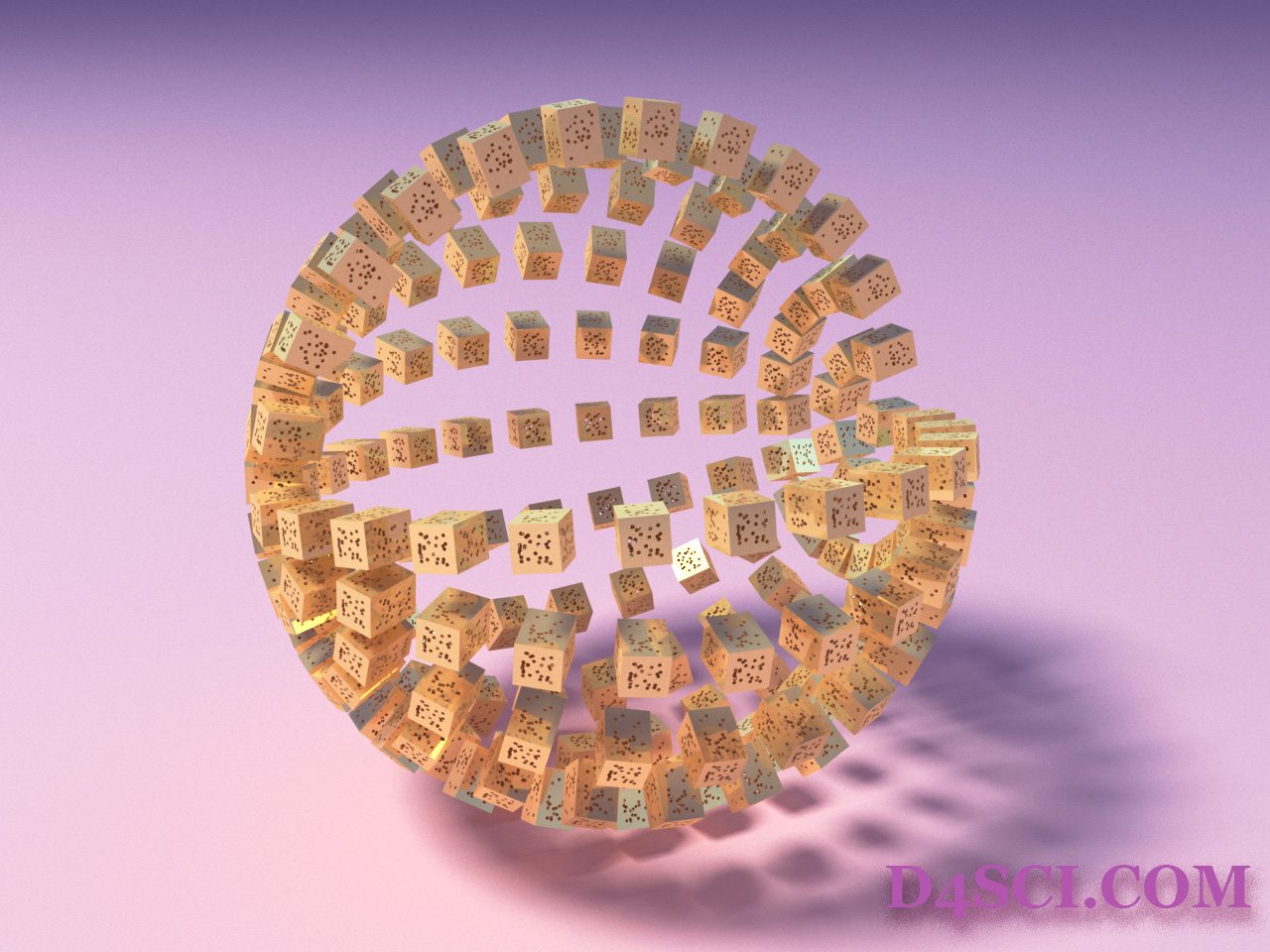Extracellular Nanovesicles Could Help Personalize Drug Delivery
Extracellular vesicles (EVs) are the cell-secreted nano- and micro-sized particles consisted of lipid bilayer containing nucleic acids and proteins for diagnosis and therapeutic applications. They are released by many cells contain lipids, proteins, and nucleic acids that contribute to intercellular communication. The inherent complexity of EVs is a source of heterogeneity in various potential applications of the biological nanovesicles including analysis.
“Body’s propensity to clear materials from the bloodstream if they do not belong in the body. If a nanovesicle is a ligand attached, then the body thinks its one of its own and then the vesicle, and its drug payload, may stay in circulation longer. Currently, natural nanovesicles can be harvested from cell culture supernatant (the fluid surrounding cultured cells), and they are fillable,” said Yuan Wan, a postdoctoral fellow in biomedical engineering, Penn State. “However, there are two problems using them for cancer treatment. There aren’t enough nanovesicles produced in short timescales, and they do not have targeting effect.”

To create targeted nanovesicles, ligands (short pieces of protein) need to be attached to the nanovesicle wall so they can recognize tumor cells. This is done by incorporating DNA into cells
and collecting extracellular nanovesicles from cell culture supernatant. However, the yield of nanovesicles is poor using above process.Penn State researchers have now developed a new approach by chemically grafting lipid tagged ligands to the cell membrane and then passing them through a sieve to create large amounts of fillable and targeted nanovesicles. “Pushing the cells through a filter is the engineered way to produce lots of nanovesicles,” said Zheng.
The team, in the course of their investigation, used mouse autologous immune cells and created the ligand-targeted, fillable nanovesicles in the laboratory. They then infused these drug-loaded nanovesicles into the original mouse to treat tumors.

“This approach enables us to create nanovesicles with different ligands targeting different types of tumors in about 30 minutes to meet actual needs,” said Zheng. “With this approach, we also can put different types of ligands on a nanovesicle. We could have one ligand that targets while another ligand says, ‘don’t eat me.’”
If a nanovesicle has a ligand attached that suggests the vesicle is autologous, then the vesicle, and its drug payload, might remain in circulation longer, making it more successful in finding and killing the target cancer cells.
The researchers believe that a variety of other cells, including stem cells, T cells — cells of the immune system — and other cell types could be modified and used as donor cells for extrusion of nanovesicles.






























